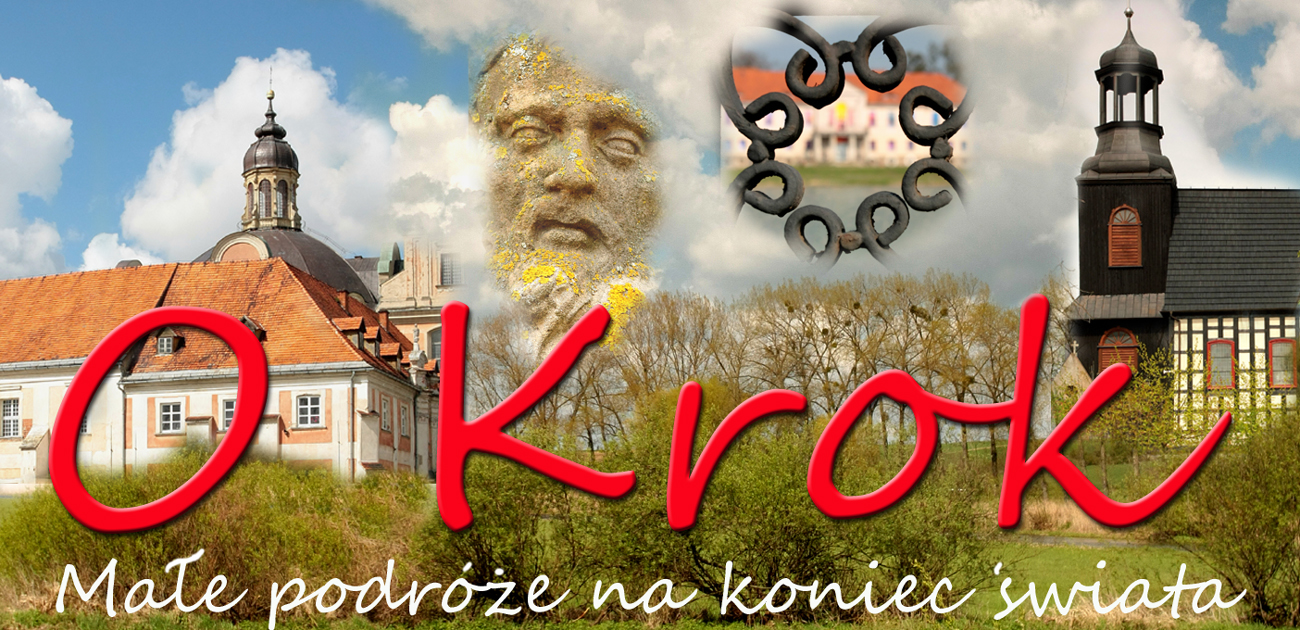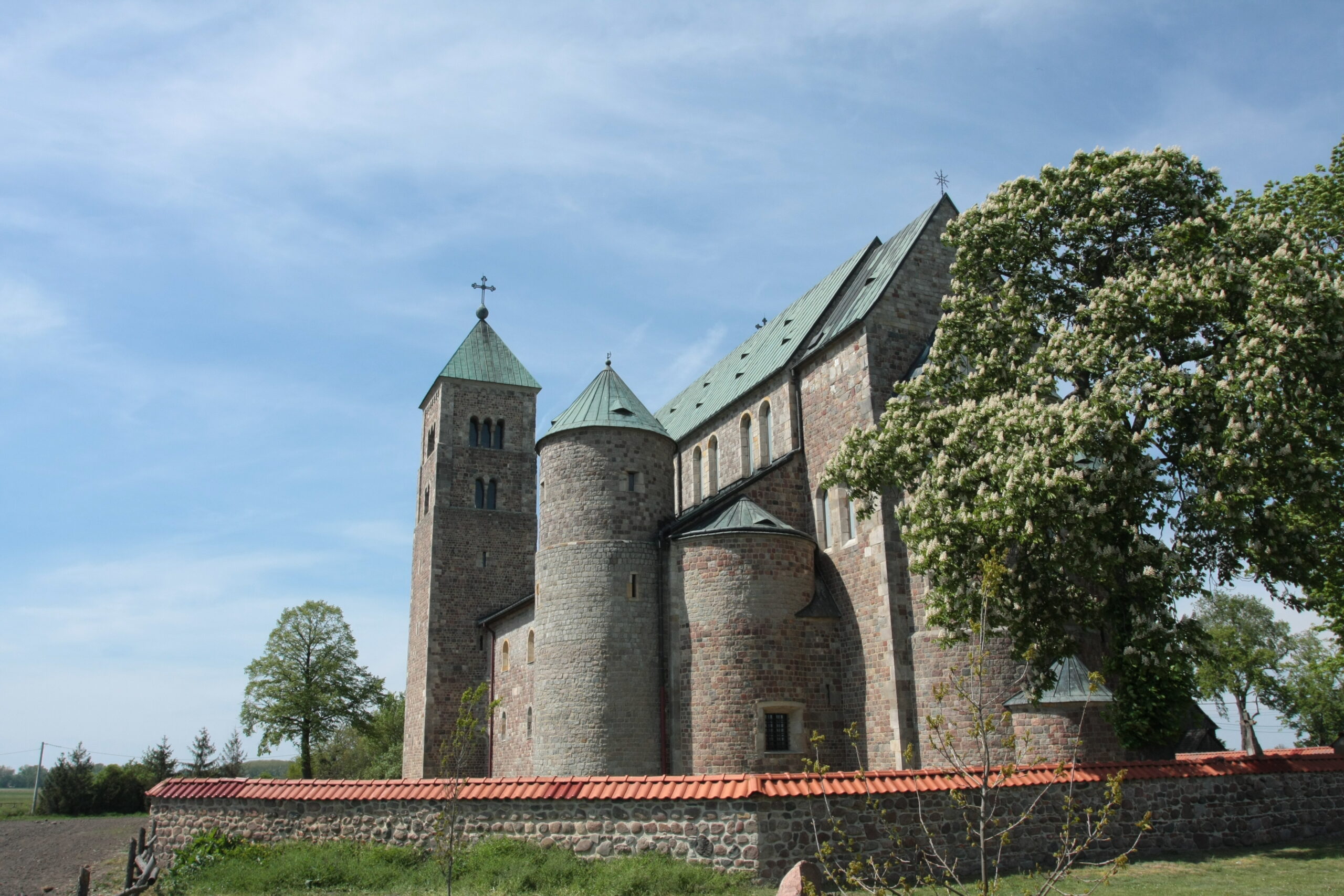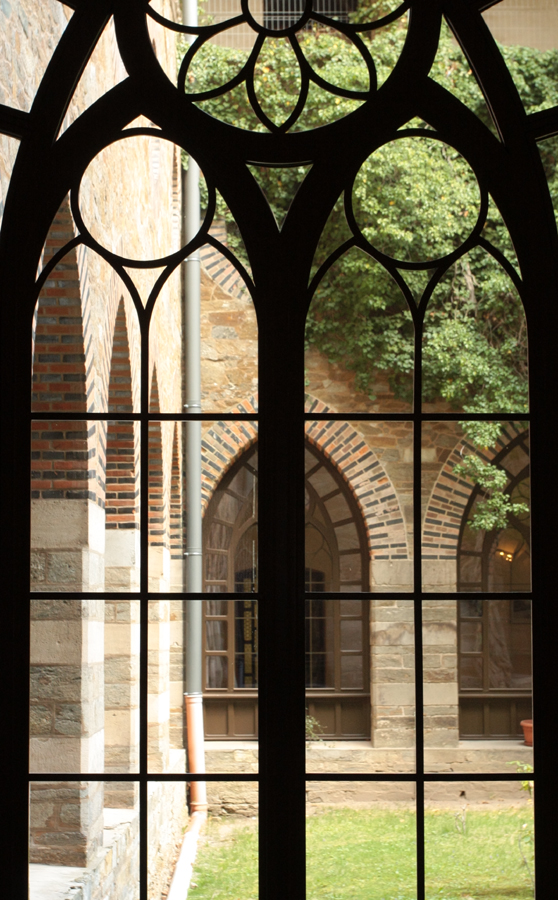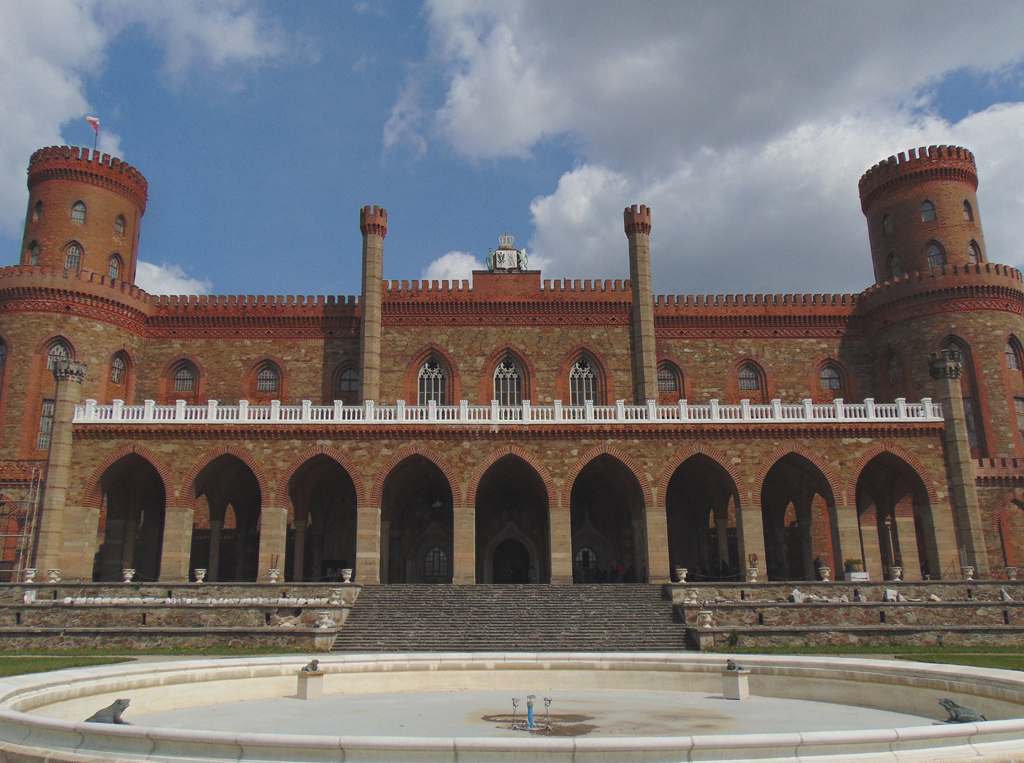
Wilhelmina Frederika Louise Charlotte Marianne takie imiona od chrztu otrzymała uwielbiana przez poddanych królewna Marianna, która zawsze twierdziła, że przyszła na świat nie po to żeby jej służono, ale po to by służyć swoim poddanym. Tak więc kiedy pojawiła się na Dolnym Śląsku w swoich dobra otrzymanych w spadku po matce zauroczona tym miejscem postanowiła tu zbudować coś odmiennego od tego co dotąd oglądała Ziemia Kłodzka.
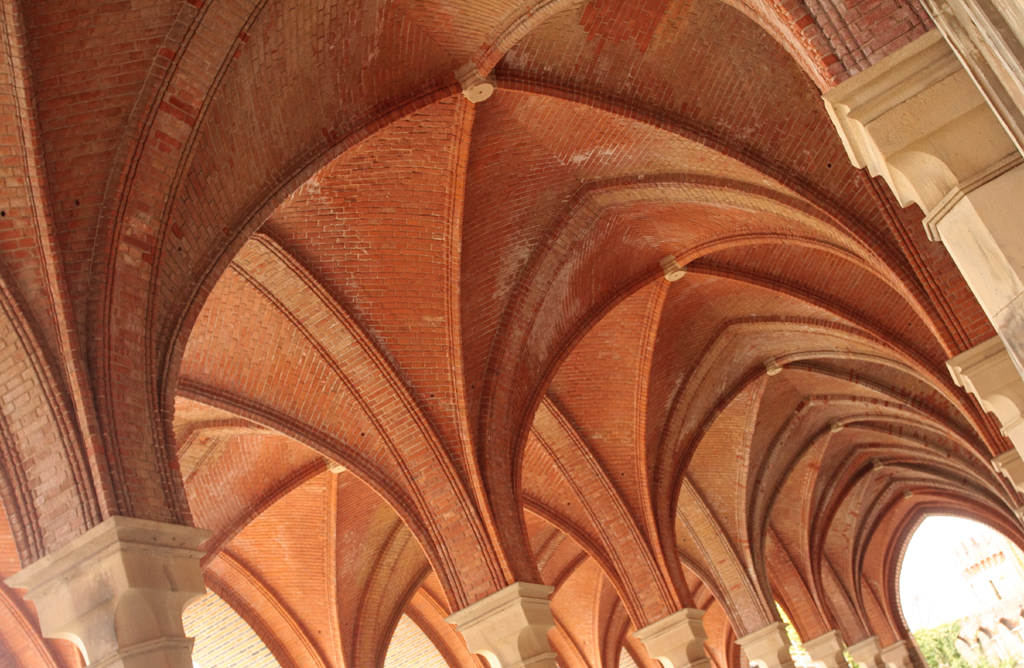
W ciągu 33 lat powstał pałac-monument, na wzniesieniu z widokiem na góry, otoczony 220 hektarami parku (dziś jest to 160 hektarów, też nie mało) Zachwyca rozmach, połączenie stylu mauretańskiego z gotykiem angielskim i reminiscencjami zamku w Malborku. Powalają koszty budowy, bo przeliczając mniej więcej na dzisiejsze koszty to kwota ok. 700 milionów złotych! Projektantem budowli był Karl Friedrich Schinkel, a parku Peter Joseph Lenné.
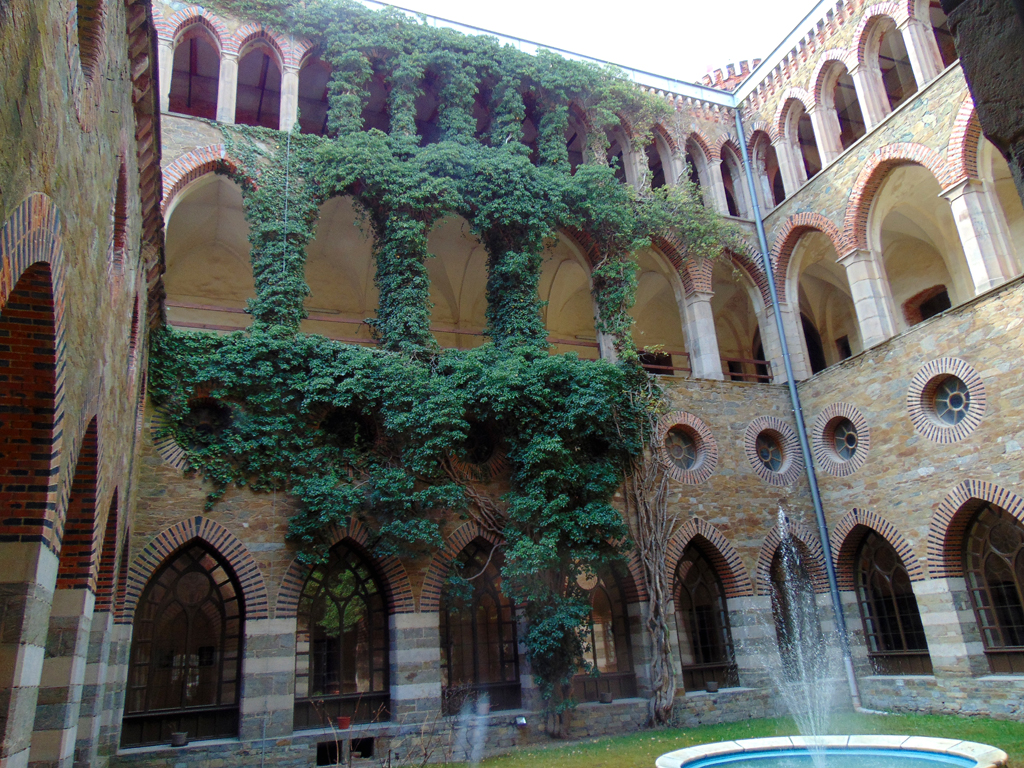
Czekamy u dołu schodów na panią przewodnik i równo o godzinie dwunastej wpinamy się po trzystu schodach na dziedziniec pałacu gdzie Pani Beata zaczyna swą opowieść. Zamczysko to posiada 4 wieże, 102 pokoje i ogromny taras o powierzchni 800 metrów kwadratowych. Dach to powierzchnia 3500 metrów kwadratowych. Od frontu ogrody tarasowe w stylu renesansowym z 6 poziomami sięgające wysokości 30, na tyłach taras wodny z zabudowanym grotą, a także basen dla dzieci. Znajdowało się tam 27 fontann połączonych ze sobą. Mechanizm nawadniania i przepływu wody był dosyć skomplikowany tak, że system ten był uruchamiany na pokaz i dla znamienitych gości pałacu.
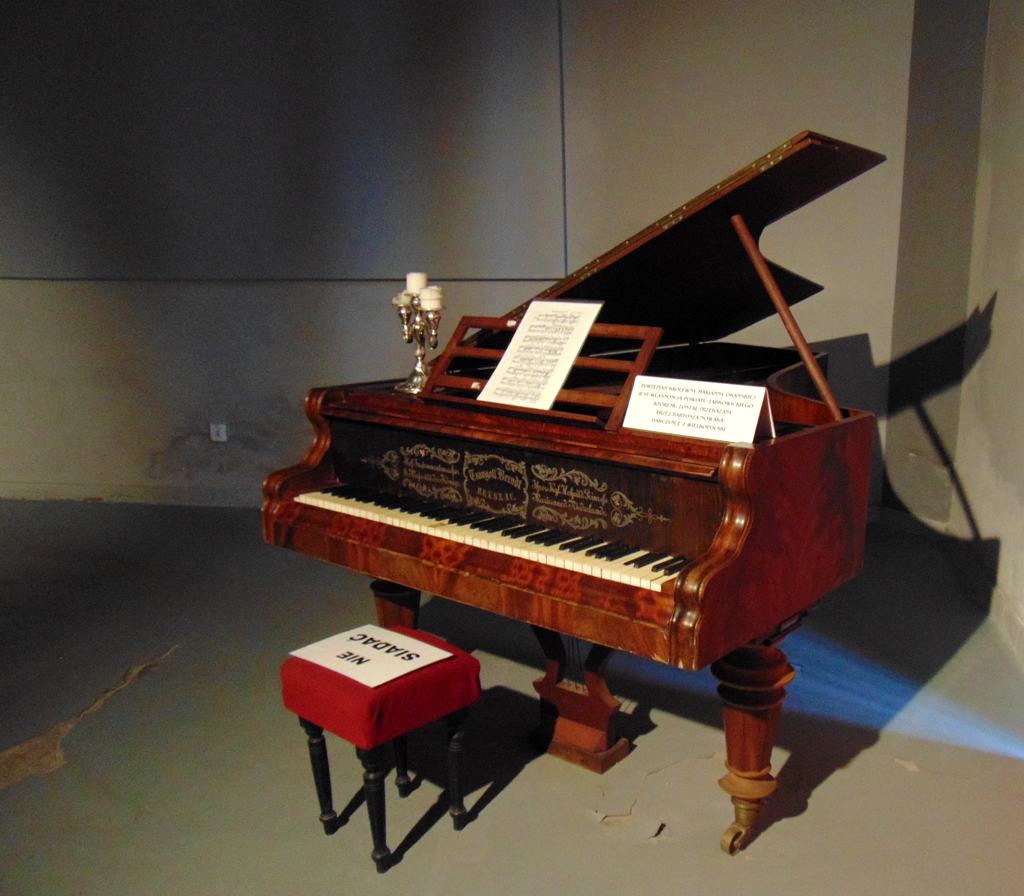
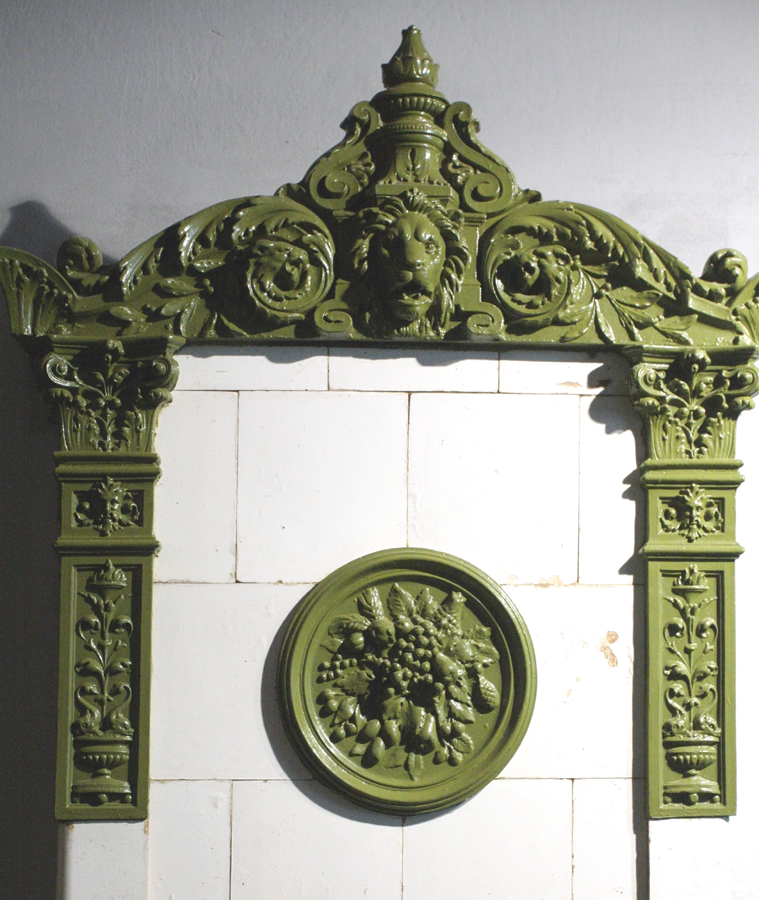
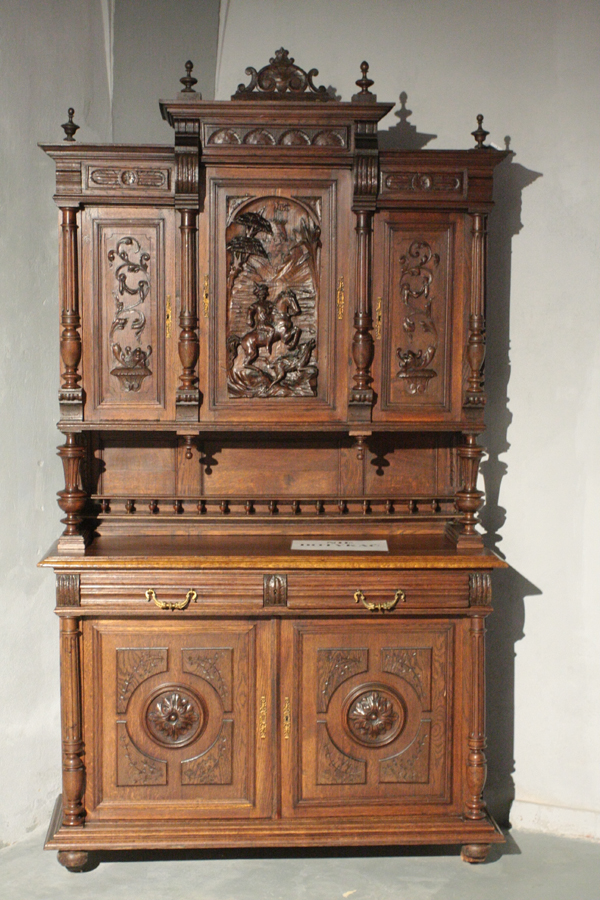
Wchodzimy do wnętrza, tu uderza zimno i gołe mury, niewielka ilość mebli. Niestety po roku 1945 pałac przejęli sowieci, wywieźli z pałacu podobno 15 wagonów antyków i dział sztuki. Resztę zdewastowali i podpalili. Czyli nihil novi w ich stylu! Założenie budynku jest niesamowicie ciekawe, zupełnie inne od tych, które widzieliśmy do tej pory. W tym stanie wszystko wygląda jak przywracane do życie starodawne ruiny, a pałac ma zaledwie 150 lat. Budowę ukończono w 1872 roku.
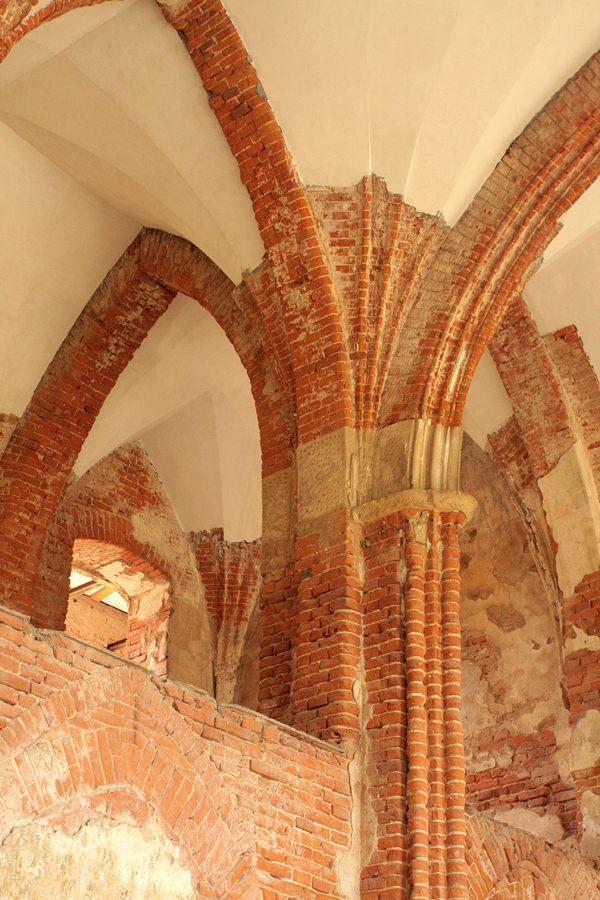
Ponad czterdzieści lat stał i niszczał. Część marmurów wykorzystano nawet przy budowie Pałacu Kultury w Warszawie. Był też squotem, składowiskiem śmieci, pijalnią napojów wyskokowych i sam Pan Bóg raczy wiedzieć co jeszcze się tu działo. Na szczęście zainteresował się nim Włodzimierz Sobiech. Zainwestował tu ogromne pieniądze, chciał stworzyć w odnowionym pałacu hotel. Niestety inwestycja go przerosła, ale dzięki remontowi dachu jaki wykonał budynek przetrwał teraz jest we władaniu gminy i ogromnym wysiłkiem przy pomocy różnych dotacji i ogromnej pracy konserwatorów i pasjonatów staje na nogi. Od roku 2013 można go zwiedzać. Wrażenia są niezapomniane! Remont ma zostać zakończony ok. roku 2031, oby się udało Trzymamy kciuki. Na koniec ciekawostka. Za czasów Marianny Orańskiej ogrodnik, (a było ich tu ponad stu) pracujący dla królewny skrzyżował dwie popularne odmiany jabłoni tworząc zupełnie nową. Nazwano ją Prinz Albrecht i do tej pory można ją spotkać na Śląsku.
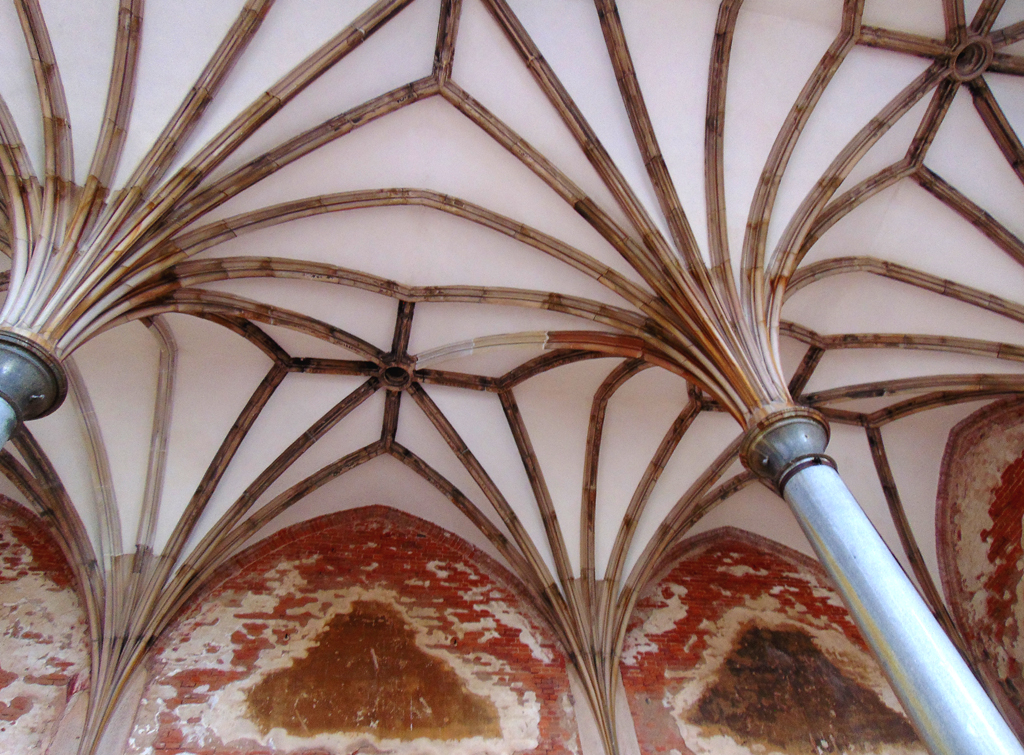
Podziękowania dla Pani Beaty Stelmaszewskiej naszej przewodniczki za ciekawą opowieść o Mariannie i jej dobrach. https://www.instagram.com/przewodnikbeata/
From the baptism of Wilhelmina Frederika Louise Charlotte Marianne such names were given to Princess Marianne, adored by her subjects, who always claimed that she was born not to be served, but to serve her subjects. So when she appeared in Lower Silesia in her inheritance from her mother, she was fascinated by this place and decided to build something different from what the Kłodzko Region had seen so far. Within 33 years a palace-monument was built, on a hill overlooking the mountains, surrounded by 220 hectares of park (today it is 160 hectares, also not a little). They knock down construction costs, because more or less in today’s costs it amounts to about PLN 700 million!
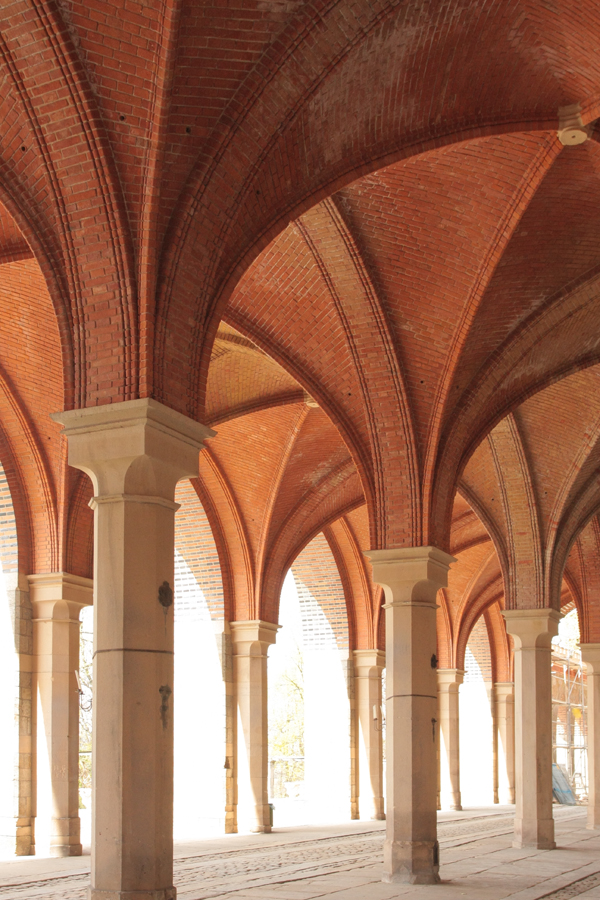
The designer of the building was Karl Friedrich Schinkel, and the park was designed by Peter Joseph Lenné.
So we wait at the bottom of the stairs for the guide, and at twelve we climb the 300 steps to the courtyard of the palace where Beata begins her story. This castle has 4 towers, 102 rooms and a huge terrace with an area of 800 square meters. The roof is 3500 square meters. At the front, terraced gardens in the Renaissance style with 6 levels reaching a height of 30, at the back a water terrace with a built-in grotto, and a children’s pool.
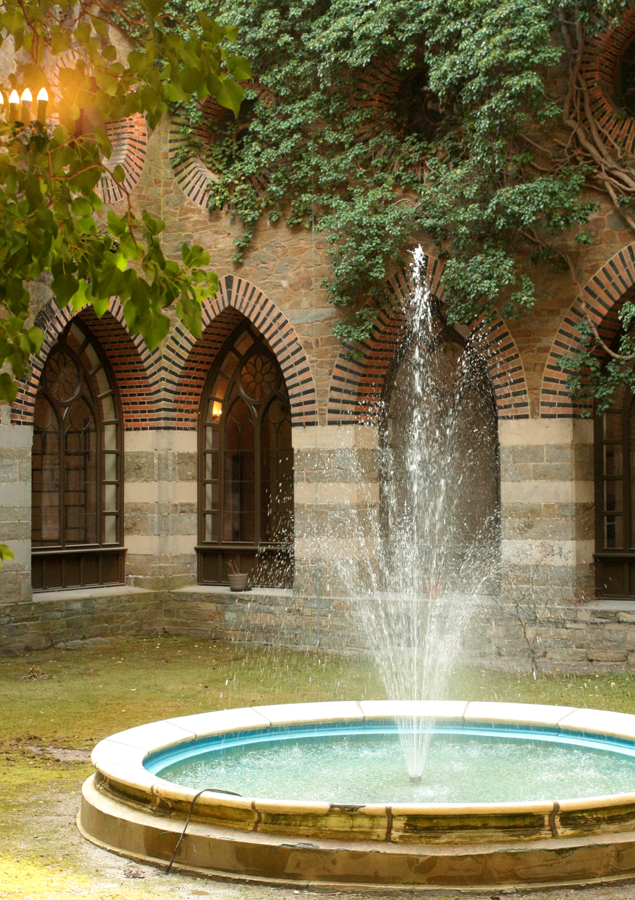
There were 27 fountains connected with each other. The irrigation and water flow mechanism was quite complicated, so that the system was operated for show and for distinguished guests of the palace.
We go inside, here it hits cold and bare walls, a small amount of furniture. Unfortunately, after 1945, the palace was taken over by the Soviets, they reportedly removed 15 antiques cars and an art department from the palace. The rest were devastated and set on fire. So nihil novi in their style! The layout of the building is incredibly interesting, completely different from what we have seen so far. In this state, everything looks like ancient ruins being brought back to life, and the palace is only 150 years old. The construction was completed in 1872.

Over forty years it stood and decayed. Some of the marbles were even used in the construction of the Palace of Culture in Warsaw. There was also a squat, a garbage dump, a drinking room for alcoholic beverages and God himself knows what else happened here. Fortunately, Włodzimierz Sobiech became interested in him. He invested a lot of money here, he wanted to create a hotel in the renovated palace. Unfortunately, the investment has exceeded it, but thanks to the renovation of the roof that the building has made, it is now in the possession of the commune and thanks to various subsidies and the enormous work of conservators and enthusiasts, it is getting back on its feet. From 2013 it can be visited. The impressions are unforgettable! The renovation is to be completed around 2031, hopefully we can keep our fingers crossed. Finally, a curiosity. In Marianna Orange’s time, the gardener (and there were over a hundred here) working for the princess crossed two popular apple varieties creating a completely new one. She was called Prinz Albrecht and can still be found in Silesia.
Many thanks to Beata Stelm

aszewska for an interesting story about Marianna and her estate.
